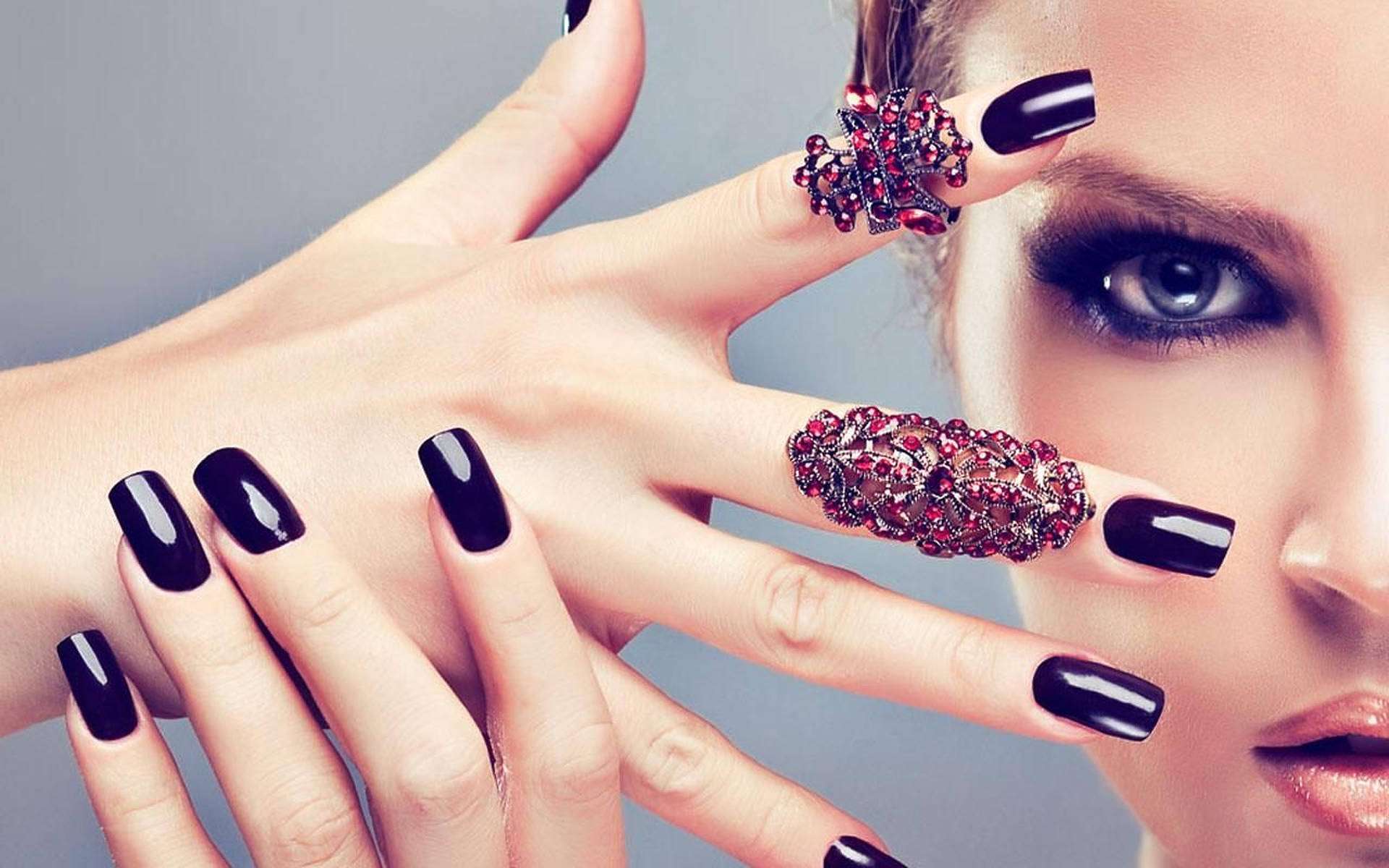Types Of Nail Shape, the least-known decorators, have more than that just to put on the nails are so much more than mere decorations. Providing for imaginative expression on an individual level and bearing symbolism of style, creativity, and meticulousness, they emulate it in all its entirety. Nails do not just indicate your taste but also represent your status, demography, personality, and style.
Whether they are purely decorative if they always sport red for winter or bloom a spring rainbow with change of season, the different kinds of nails reflect the mood of the person wearing them.
Beyond the realms of mere appearance, the nails, for instance, play a pivotal role in maneuvering many aspects of everyday tasks like gripping objects or delicate touch. Aside from that, they provide us with unfathomable details about our health, ranging from detecting nutritional deficiencies to the presence of underlying medical conditions. The essential fact is that nails are pocket-sized masterpieces themselves, art by function, stone hearts on hands, quiet brigades of style, yet visible contributors to our daily lives.
Types Of Nail Shape
Nail shapes aren't just about aesthetics; they can significantly impact your overall look and even affect how comfortable you feel with your nails. From classic to trendy, there's a plethora of nail shapes to choose from. Here's a rundown of some popular options.
1). Square- Square nails feature straight sides and a flat, squared-off tip. This classic shape exudes sophistication and is perfect for those who prefer a clean and simple look.
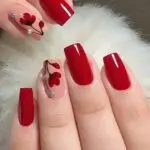
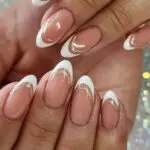
2). Round- Round nails are filed along the sides and then rounded at the tip. This shape is ideal for individuals who want a softer, more natural appearance. It's also great for those with shorter nails, as it helps to elongate the fingers.
3). Oval- Oval nails are similar to round nails but are filed into an oval shape at the tip. This shape gives the illusion of longer fingers and is a popular choice for those who want a feminine and elegant look.
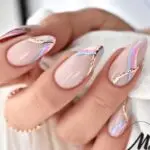

4). Squoval- As the name suggests, squoval nails combine elements of square and oval shapes. They feature straight sides with a slightly rounded tip, striking a balance between the two styles. Squoval nails are versatile and suit most nail lengths.
5). Almond- Almond nails are tapered towards the tip and resemble the shape of an almond. This shape elongates the fingers and provides a delicate, feminine appearance. Almond nails are perfect for those who want a trendy and sophisticated look.
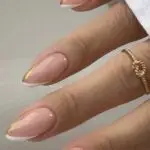

6). Stiletto- Stiletto nails are long and pointed, resembling the shape of a stiletto heel. This bold and dramatic shape is sure to make a statement and is favored by those who want to showcase their edgy side.
7). Coffin/Ballerina- Coffin or ballerina's nails feature a square base with tapered, squared-off tips. This modern and stylish shape is reminiscent of a coffin or a ballerina's pointe shoes. Coffin nails offer a glamorous and fashion-forward look.
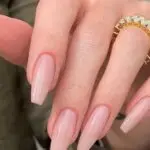
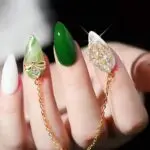
8). Mountain/Peak- Mountain or peak nails are similar to stiletto nails but have a more extreme pointed tip. This shape is not for the faint of heart and is perfect for those who want to push the boundaries of nail artistry.
Types Of Nail Fungus
Nail fungus, also known as onychomycosis, can affect both fingernails and toenails, causing discoloration, thickening, and brittleness. Several types of fungi can cause nail infections, including.
Dermatophytes-These are the most common fungi responsible for nail infections. They thrive in warm, moist environments like sweaty shoes and damp socks. Dermatophytes can penetrate the nail bed and cause yellowing, thickening, and crumbling of the nail.
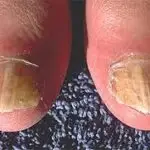
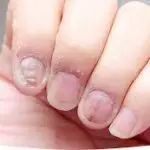
Yeast- Candida is a type of yeast that can cause nail infections, particularly in individuals with weakened immune systems. Yeast infections may appear as white, yellow, or brown spots on the nails and can spread to surrounding skin.
Mold- Certain types of mold, such as Aspergillus, can infect the nails, especially in individuals who frequently expose their hands or feet to water. Mold infections may cause the nails to become discolored, brittle, and prone to breakage.


Non-Dermatophyte Molds (NDMs)- These molds are less common but can still cause nail infections, particularly in individuals with compromised immune systems or those who have sustained nail injuries.
Trichophyton Rubrum- This specific species of dermatophyte is responsible for the majority of nail fungus infections. It can thrive in warm, moist environments and may spread from person to person or through contaminated surfaces.

Add Your Heading Text Here Regardless of the type of fungus causing the infection, nail fungus can be challenging to treat and may require prolonged therapy with antifungal medications. Prevention is key to avoiding nail fungus, and measures such as keeping nails clean and dry, wearing breathable footwear, avoiding sharing personal items like nail clippers, and practicing good foot hygiene can help reduce the risk of infection.
Takeaway
Understanding the various types of nail shapes empowers individuals to express their style and personality. Whether opting for classic elegance or bold trends, choosing the right nail shape enhances aesthetics and complements personal preferences. Experimentation with different shapes adds versatility and creativity to nail care routines.

